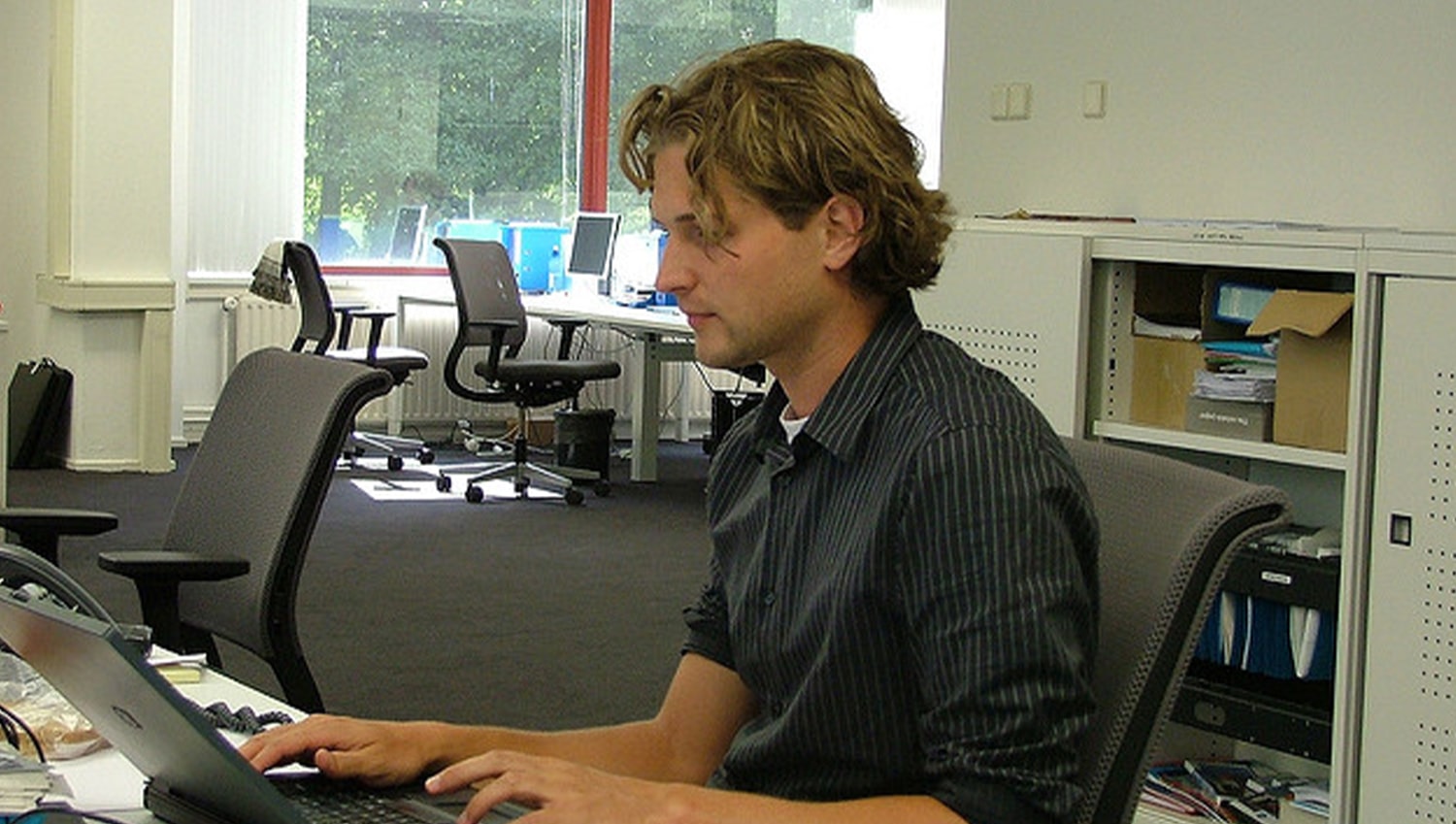This article was written by Professor Ben Laker, Shaheena Janjuha-Jivraj and our consultant, Chloe Hodgkinson. It was originally published on Forbes.
A four-day working week sounds idyllic to many and has been a topic of debate across many European countries. In the U.K., 63% of Britons support the idea of a four-day full-time working week, without taking a pay cut. As many companies are still trialing this idea, there are various opinions about the scalability and impact of a four day week. The U.K. currently has just over 20% of its workforce classified as part-time, and 75% of this group are women. While part-time work provides increased flexibility, it creates career challenges highlighted by the gender pay gap reporting and can develop problems across functions, mainly dealing with customers.
Across the pond, the U.S. shares broadly similar working hours with the U.K., the average worker spends approximately 1,700 hours on the job, noticeably higher than any of their Western peers. In Denmark and Norway, workers spend about 1,400 hours, and in Sweden and Finland, the number is closer to 1,600 hours. Despite the disparity in numbers, productivity levels between the nations are similar. In America, it is difficult to gauge the proportion of part-time as it is the only G7 country in the OECD that does not present this data. Reducing working hours in the U.K. and the U.S. to levels in Norway and Denmark would amount to giving these workers more than an additional two months of vacation every year. Yet 83% of American firms are not keen and won’t allow this to happen, and in the U.K., a recent report commissioned by the Labour party expressed concerns about the impact on stress as a result of the four-day working week. In the U.S., political administrations also remain unconvinced. Democratic Socialists of America and the Justice Democrats, two left-wing groups, have not backed the idea. None of the 2020 Democratic presidential candidates have embraced it either.
The discussion around the four-day working week has undoubtedly moved the debate beyond the traditional gendered roles of providing flexibility for caring roles. The whole discussion has shifted the way in which we view work, highlighted by Ann Francke, CEO of the Chartered Management Institute at the Scottish Conference: “Work is no longer a place today, it is a task.”
With this shift in mindset it’s time to rethink how we approach work and Edgecumbe, a British consulting firm led by Jon Cowell, has a different approach. One of Edgecumbe’s consultants designed and conducted a research study investigating “job crafting,” a process in which workers take proactive steps to re-design and personalize their roles.
She states: “The central premise is that workers can stay in the same role but get more meaning out of their jobs, simply by changing aspects of what they do, the way they interact with others, and the way they think about their work.”
Job crafting describes how workers take ownership of their roles and make changes to improve the fit between their jobs and their strengths, values, and passions. Essentially, job crafting is a worker-driven practice that the modern workforce can use to make their current roles into the jobs they want and in doing so, building in flexibility from a position of purpose.
Workers can job craft in 3 key domains:
1. Cognitive: Reframing your mind-set, in particular how you perceive meaning and purpose from your work. On the surface, nothing visibly changes, but internally shifts in your motivation and orientation. The mind-shift requires work on internalizing the bigger purpose of the organization, aligning your work, and recognizing the importance of your contribution to the big picture. For example, when asked, “what do you do,” one NASA cleaner famously replied, “I put astronauts on the moon.”
2. Relational: Altering the nature of your relationships with colleagues with a more explicit purpose in mind and stronger motivation. This step-change aligns with the rise of collaborations and project-based work. The relationships built during these interactions shift from transaction to transformational, and you are working on shared outcomes.
3. Task: This is the most challenging aspect as it requires you to flex beyond your functional role to take on additional projects that play to your strengths and interests. For example, a qualified accountant who has an interest in marketing may want to get involved in a project with a communications or social media element. The crux here is allocating resources to your outputs assigned to your function and the additional projects that provide different rewards.
Successful job crafting relies on explicit reciprocity between you and your colleagues; how you negotiate the allocation of resources (your time) between your KPIs and other areas where you wish to focus. The onus is on you to demonstrate the impact of crafting through agreed KPIs, particularly over and above your regular role. Of course, you can’t deviate too far away from your position, but this flexibility does provide you with the platform for more extensive networks and exposure to different thinking.
Hodgkinson’s research identified several benefits that help to lower employee attrition rates, including increased job satisfaction, organizational commitment, and adaptability in the face of change. Re-designing roles can lead to improved ability to handle time pressures, increased responsibility, and more significant supportive resources such as autonomy, feedback, and colleague support to cope with the demands of their jobs (e.g., interpersonal conflict, role ambiguity). Job crafting is a way to achieve this for a much wider group and in doing so, reduces stress levels, exhaustion, and minimizes the likelihood of burnout, all of which are associated with higher employee turnover. As organizations face high costs of turnover, approximately four times the salary of middle managers, and ten times for senior leaders, finding ways to retain talent makes business sense.
Furthermore, job crafting is a powerful tool to facilitate development. For example, tasks and relationships can be added to roles to broaden horizons and experience, and elements of the position can be re-imagined to create a different purpose. Job crafting serves to support workers throughout their life cycle by facilitating the transitions that mark career progress from early-stage development to retirement, making the process more sustainable by enabling them to protect their wellbeing and avoid burnout.
How can we encourage workers to job craft?
Insights from the research suggest there are four key ways to encourage job crafting:
1. Ensure workers know they have permission to craft. Communicate this explicitly and illustrate this implicitly through processes that embed crafting into the organization, such as structured job crafting conversations with managers.
2. Create a culture of psychologic safety. Where workers feel comfortable sharing their ideas, experimenting with new methods, and potentially making mistakes without fear of scrutiny or criticism.
3. Grant workers the control they need to craft and empower individuals with autonomy, trust, decision latitude, and control over their workload.
4. Give workers the capacity to craft, ensuring that their workloads are realistic, that they have clear role boundaries, and that they have protected time to craft.
Let’s be honest job crafting is not a new concept; companies have rewarded senior leaders with flexibility over their working hours for decades. However, job crafting does provide a different lens on how to tackle some of the current issues around the talent war in the workplace and offer greater flexibility and a better workplace for everyone, not just those at the top.
Successful implementation of job crafting builds skills in working smarter, not only working harder.








